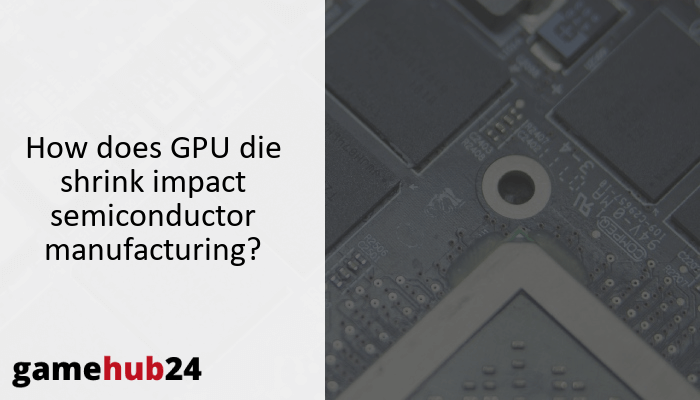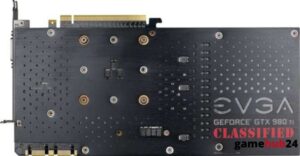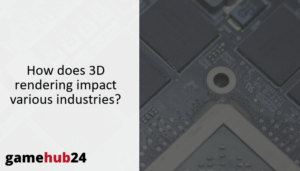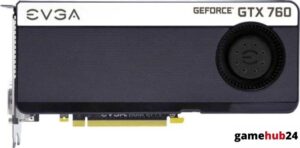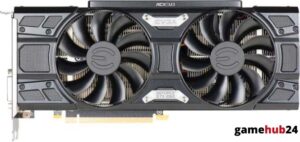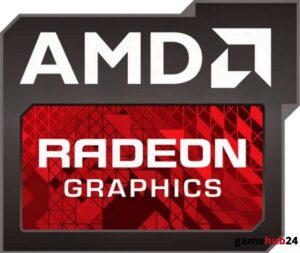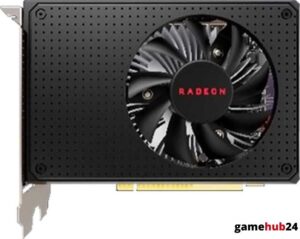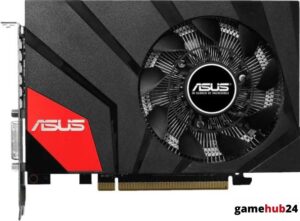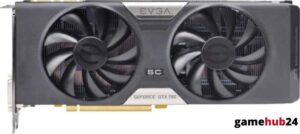GPU die shrinks enhance computer device performance and efficiency, marking a major breakthrough in semiconductor technology. This complex technique entails shrinking the silicon wafer that houses the GPU in order to increase the concentration of transistors in a particular region.
Moore’s Law-supported GPU die shrink is evidence of the semiconductor industry’s unwavering commitment to innovation. It uses complex lithography processes to produce transistors that are more compact and effective. The procedure has a significant impact on integrated circuit design, chipset performance, and microarchitecture. On the other hand, it also poses difficulties with signal integrity and heat dissipation management. With developments in materials science and technologies like silicon photonics opening the door to increasingly smaller, faster, and more efficient processors, the future of GPU die reduction seems bright.
- Moore’s Law is a driving force behind GPU die shrink, pushing manufacturers to continually innovate their manufacturing processes.
- Transistor density plays a pivotal role in GPU die shrink, leading to more powerful and efficient chips.
- Advancements in lithography techniques are key to achieving GPU die shrink.
- The nanometer process is a critical aspect of GPU die shrink, with a smaller nanometer number leading to increased performance and efficiency.
- GPU die shrink has profound implications on microarchitecture and integrated circuit design, presenting both opportunities and challenges for designers.
- GPU die shrink significantly influences chipset performance, but managing heat dissipation becomes increasingly challenging as the die size decreases.
- The future of GPU die shrink is promising, with advancements in materials science and technologies like silicon photonics offering the potential for even smaller, faster, and more efficient chips.
What is the concept of GPU die shrink?
Graphics Processing Unit shrinkage, or GPU die shrink, is a key idea in semiconductor technology. It describes how the silicon wafer that houses the GPU has shrunk in size. This process, which is frequently measured in nanometers (nm), is evidence of the computing industry’s unrelenting quest of performance and efficiency. GPU dies that are getting smaller not only make it possible to fit more transistors into a given space, but they also usually produce less heat and use less power. In the field of electronics, where “smaller is better” is frequently true, this is vital.
How does Moore’s law relate to GPU die shrink?
Gordon Moore, a co-founder of Intel, is credited with coining Moore’s Law, which states that a chip’s transistor count doubles roughly every two years. The GPU die reduction has been fueled by this projection, which has forced producers like AMD, NVIDIA, and Intel to continuously reinvent their production techniques. The law encourages continuous advancement in the downsizing of semiconductor devices and serves as a challenge to the industry, rather than merely a prediction.
What is the role of transistor density in GPU die shrink?
When it comes to GPU die shrink, transistor density is crucial. More transistors may be crammed into a given area as the die size gets smaller, producing processors with higher power and efficiency. GPU performance is largely enhanced by this increase in transistor density, which enables the completion of more complicated computations in a shorter amount of time. Nevertheless, it’s important to remember that controlling heat dissipation becomes more difficult as transistor density rises.
Did you know that Moore’s Law is supported by the GPU die size’s constant shrinkage? According to this law, which was put forth by Gordon Moore, a co-founder of Intel, the number of transistors on a chip will double roughly every two years. This has been the main factor underlying semiconductor device shrinking.
How is GPU die shrink achieved in semiconductor manufacturing?
GPU die shrinkage is made possible by improvements in semiconductor fabrication techniques. Organizations such as TSMC and Intel are always improving their processes to make transistors that are more compact and effective. In order to construct the transistors, complex lithography processes are used to etch patterns onto a silicon wafer. The GPU die gets smaller as the patterns get smaller because smaller transistors equal smaller dies.
What is the significance of nanometer process in GPU die shrink?
A crucial component of GPU die reduction is the nanoscale process. It speaks about how big the transistors and other parts of the chip are. More can fit on a single chip and the components are smaller the lower the nanometer number. As a result, efficiency and performance are raised. A 7nm GPU, for example, will have a lot more transistors than a 14nm GPU, which translates to more computing capability.
How does lithography contribute to GPU die shrink?
The foundation of the GPU die shrink technique is lithography. It’s a method for etching complex patterns onto silicon wafers used in semiconductor production. Transistors and other parts of the GPU are made of these patterns. Manufacturers are able to produce smaller and smaller patterns thanks to advancements in lithography techniques, which results in smaller transistors and a smaller GPU die. The continued trend of GPU die shrinkage is fueled by this constant improvement in lithography processes.
What are the implications of GPU die shrink on microarchitecture?
The shrinkage of GPUs has significant effects on microarchitecture. More transistors are available to designers to increase the chip’s functionality as the die size gets smaller. Performance gains, increased power efficiency, and even the addition of new features may result from this. It also poses difficulties because designers have to figure out how to make the most of the extra transistor count while still taking care of things like signal integrity and heat dissipation.
A piece of advice for anyone interested in GPU die shrinking down the road is to monitor advancements in silicon photonics. This technology presents an opportunity to create increasingly quicker, smaller, and more efficient circuits since it employs light to convey data. But there are additional difficulties involved in incorporating this technology into the current manufacturing procedures.
How does GPU die shrink affect integrated circuit design?
Integrated circuit design is significantly impacted by GPU die shrink. The circuit design gets more difficult as the die size gets smaller. The heightened transistor count presents challenges for designers to overcome, such as heat dissipation and signal integrity. This frequently calls for cutting-edge materials and creative design strategies to guarantee the chip can function effectively at the lower scale.
What changes does GPU die shrink bring to process node?
The process node is significantly altered by GPU die shrink. The process node, or the method used to make the semiconductor, has to change as the die size gets smaller. This frequently entails developments in materials science and lithography methods. For example, altering the transistor design and material composition is just as important as shrinking the size when moving from a 14nm to a 7nm production node.
How does GPU die shrink influence the performance of chipsets?
GPU die downsizing has a significant impact on chipset performance. The amount of transistors that can fit into a given space grows as the die’s size lowers. This results in chips that are more potent and effective, able to do more complicated calculations faster. It’s important to keep in mind, though, that controlling heat dissipation gets harder as the die size gets smaller, which may affect performance.
What is the impact of GPU die shrink on microprocessor performance?
GPU die shrinkage has a major effect on CPU performance. The amount of transistors that can fit into a given space grows as the die’s size lowers. This results in chips that are more potent and effective, able to do more complicated calculations faster. But controlling heat dissipation gets harder as the die size gets smaller, which might affect performance.
How does GPU die shrink affect thermal design power?
Thermal design power (TDP) is significantly impacted by GPU die reduction. More heat is produced as the die gets smaller because there are more transistors crammed into a smaller space. In order to avoid overheating, this calls for more efficient cooling methods. To counteract the higher heat generation, a smaller die also usually means less power usage. Modern GPU architecture faces a significant problem in balancing these issues.
What are the challenges and future prospects of GPU die shrink in semiconductor industry?
In the semiconductor industry, GPU die shrink presents a variety of issues. Problems like heat dissipation, signal integrity, and manufacturing yield get harder to solve as the die size gets smaller. The prospects for the future, nevertheless, are intriguing. The trend of GPU die shrinkage is expected to continue, resulting in ever-more-powerful and efficient processors, thanks to developments in materials science and manufacturing processes. For example, silicon photonics presents the possibility of significantly faster, smaller, and more efficient circuits.
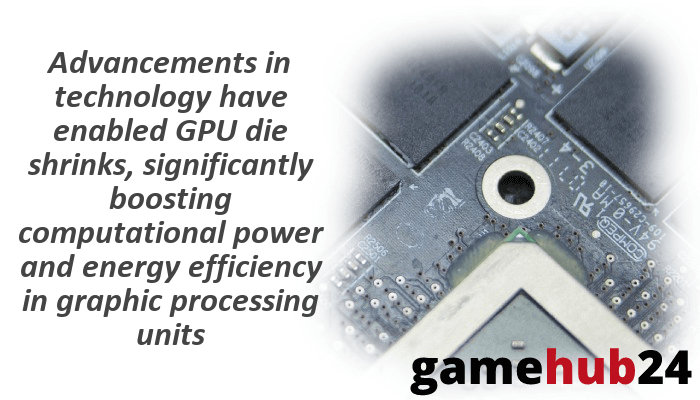
What are the hurdles in implementing GPU die shrink with nanotechnology?
There are various obstacles in the way of using nanotechnology to implement GPU die shrink. Quantum effects and heat dissipation become more difficult problems when transistor sizes get closer to the nanoscale range. Concerns about manufacturing yield also arise from the fact that it is harder to consistently manufacture smaller components. But developments in manufacturing processes and materials science are assisting in overcoming these obstacles.
How does silicon photonics play a role in the future of GPU die shrink?
GPU die shrinking is going to be greatly aided by silicon photonics in the future. This technique can result in faster and more effective chips since it transmits data using light instead of electricity. Silicon photonics provides the promise of even faster, more efficient, and smaller devices as the die size continues to shrink. But there are additional difficulties in incorporating this technology into current manufacturing procedures, which the sector is currently attempting to resolve.

